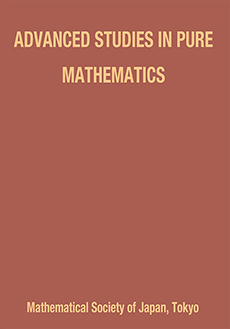Abstract
We briefly review properties of the $\mathcal{N} = 2$ $U(N)$ gauge model composed of $\mathcal{N} = 1$ superfields. This model can be regarded as a low-energy effective action of $\mathcal{N} = 2$ Yang–Mills theory equipped with electric and magnetic Fayet–Iliopoulos terms. In this model, the $\mathcal{N} = 2$ supersymmetry is spontaneously broken to $\mathcal{N}= 1$, and the Nambu–Goldstone fermion comes from the overall $U(1)$ part of $U(N)$ gauge group. We also give $\mathcal{N} = 1$ supermultiplets appearing in the vacua. In addition, we give a manifestly $\mathcal{N} = 2$ symmetric formulation of the model by employing the unconstrained $\mathcal{N} = 2$ superfields in harmonic superspace. Finally, we study a decoupling limit of the Nambu–Goldstone fermion and identify the origin of the fermionic shift symmetry with the second, spontaneously broken supersymmetry.
Information
Digital Object Identifier: 10.2969/aspm/05510223


